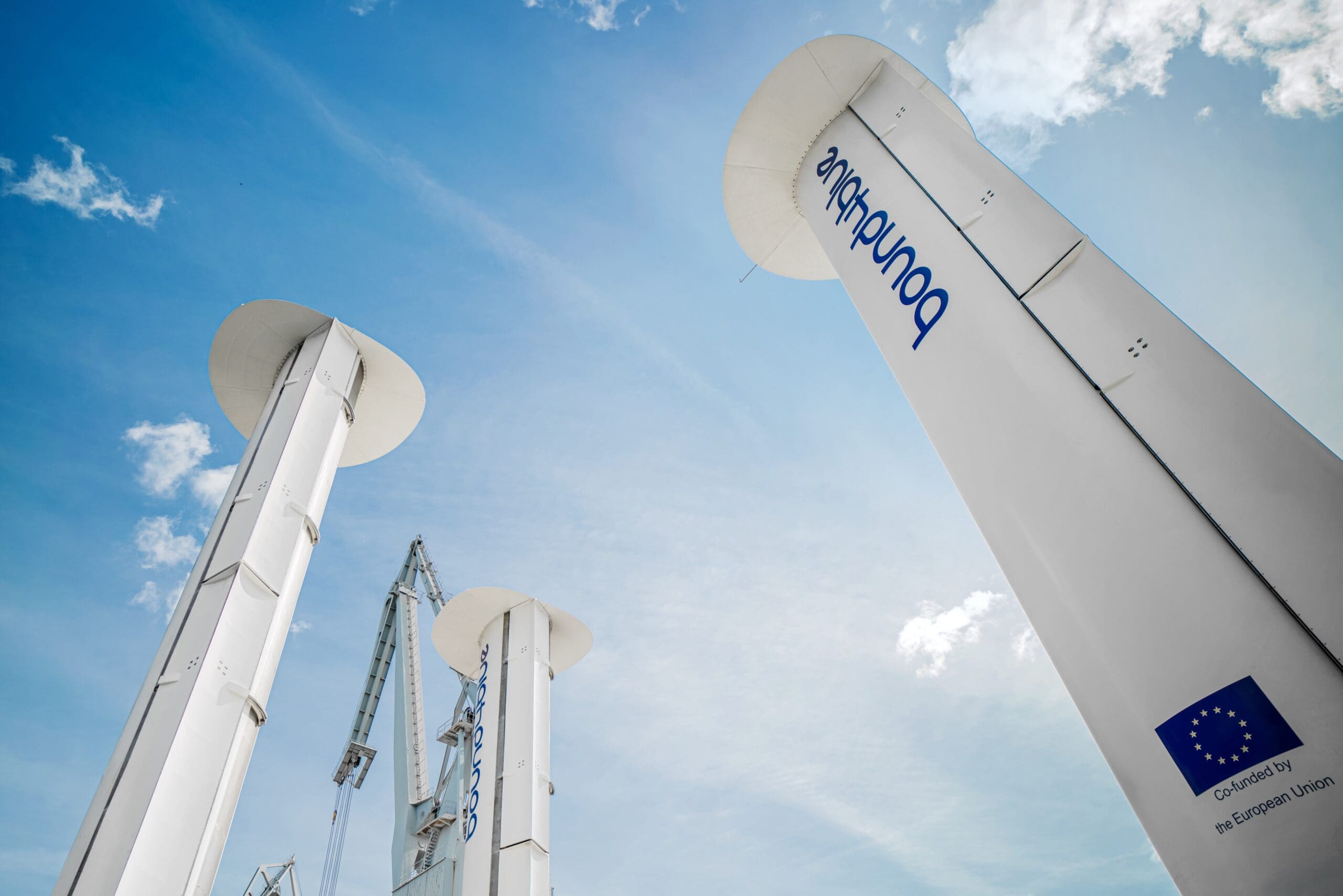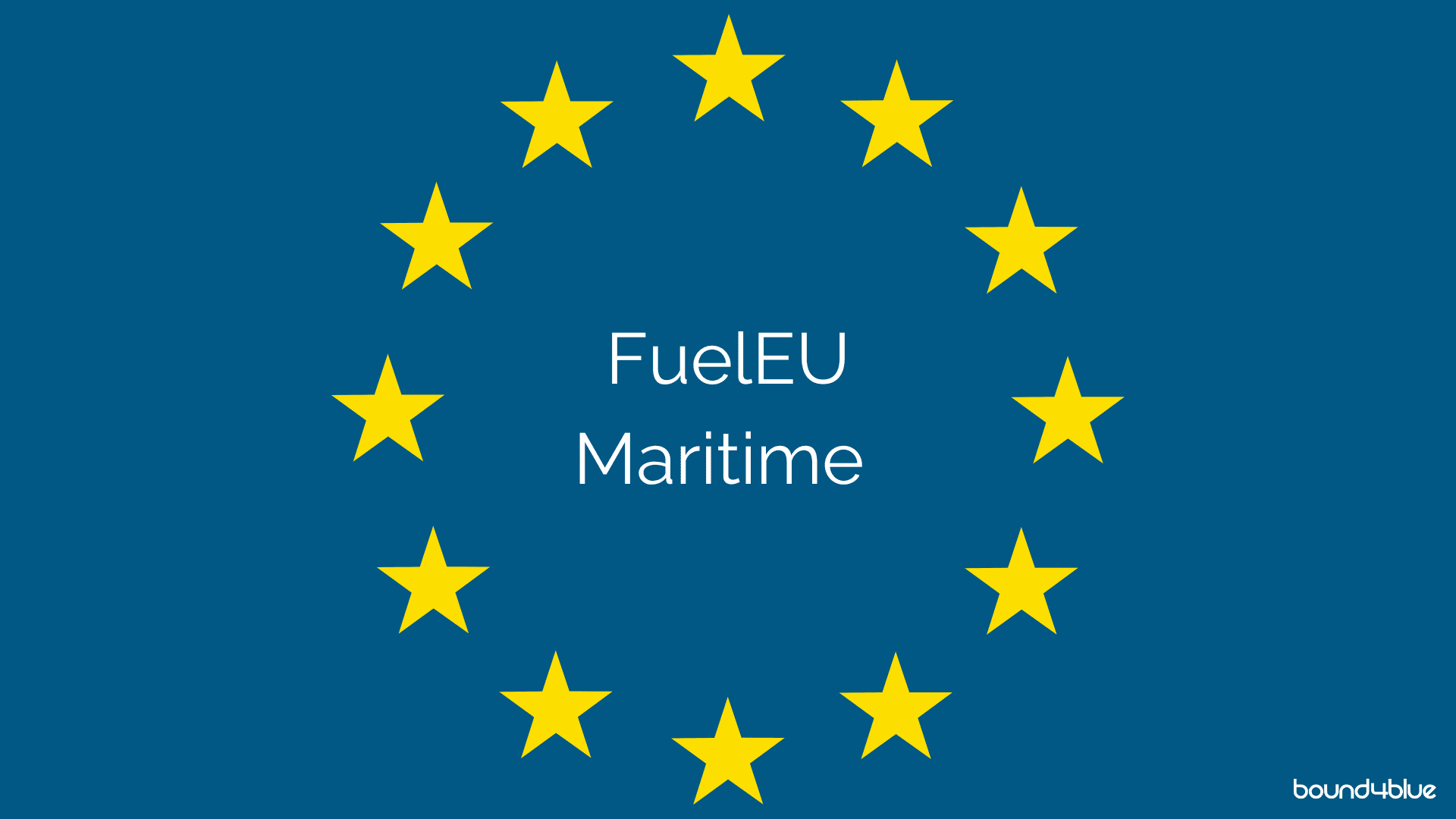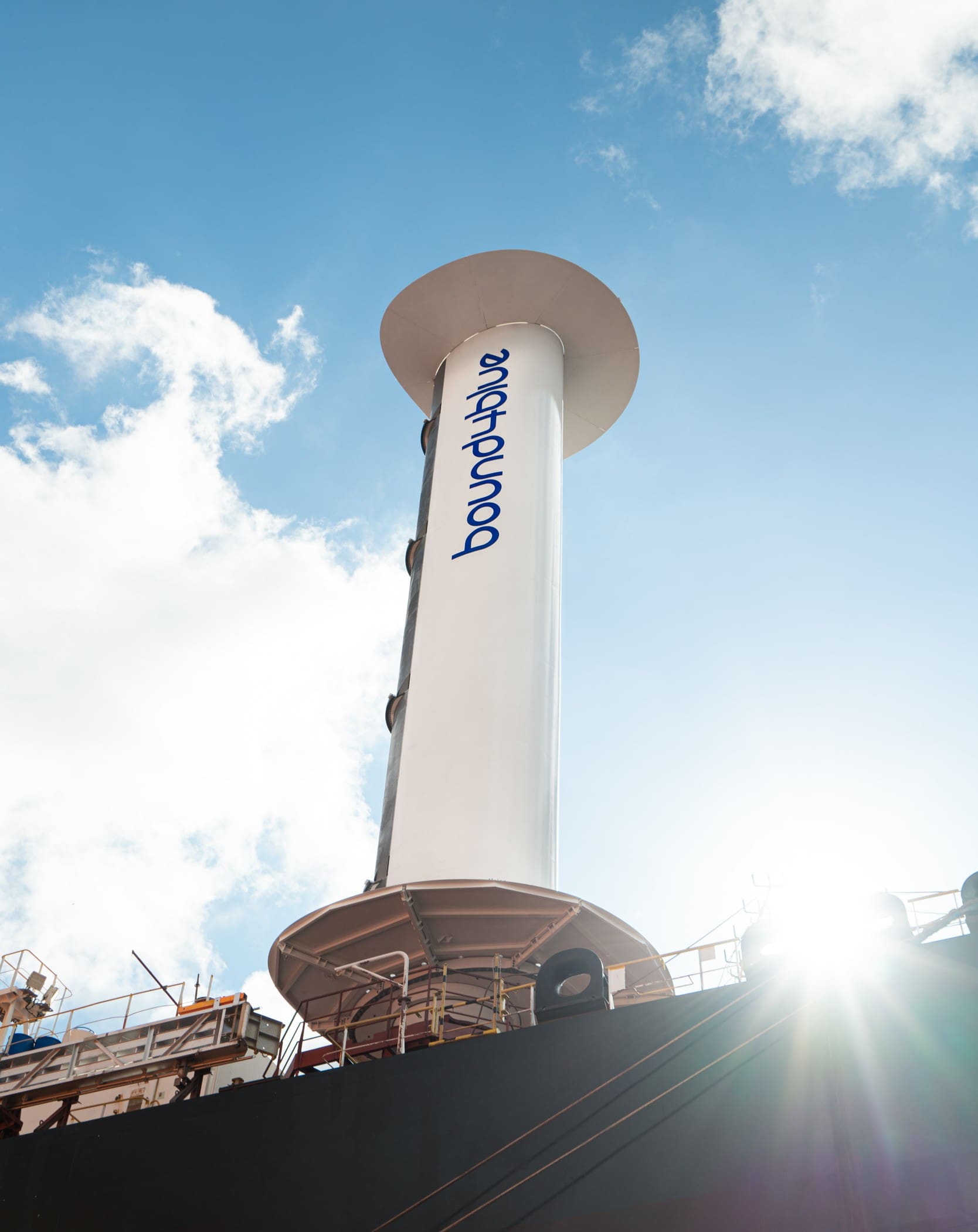News
Security for ships: ensuring safe sailing for your fleet
Published
01 October 2025
In a complex and constantly evolving world of threats to our industry, ensuring security for ships has never been more important, or challenging. From smuggling and terrorism to cyberattacks, and even the fallout of raging geopolitical conflicts, shipping companies have to fight on multiple fronts to safeguard vessels, crews, cargoes and, of course, the marine environment. Are you on board with optimal security for your operations?
What is security for ships and why is it important?
From the fuel that keeps cities running to the food that fills supermarket shelves, the global economy depends on the reliable operations of your vessels. Yet the very openness of the oceans, the sheer scale of the world fleet, and the strategic importance of sea trade make ships not only vulnerable, but also attractive targets for bad actors.
That means security for ships must be front of mind, always. Security not only protects crews and prevents harm, but also underpins trust in an industry that transports around 90% of world goods. If stakeholders, from owners and charterers to shippers and ports, weren’t confident of secure operations the logistics chain that binds us could rapidly unravel.
When you add increasing cybercrime risk, regulatory developments and environmental concerns to the picture you can appreciate how the issue of security extends far beyond single ships, touching upon wider society itself.
A full spectrum: the range of modern security threats
Security at sea has always been dynamic, but the range of threats has expanded dramatically in recent decades.
Piracy still exists, although at lower levels than in the early 2010s, while smuggling, human trafficking, and illegal fishing continue to take advantage of the scale and relative anonymity of the oceans. Meanwhile, terrorist groups and crime syndicates see shipping as both a target and a potential channel for the transportation of weapons, dangerous materials and drugs.
As we can all appreciate, geopolitics is also in a state of flux, with serious ramifications for everyone, not least shipping. War zones and unstable regions put vessels at direct risk, as recent losses in politically volatile waters have shown. Even ships far from battle can be rocked by ripple effects, from rising insurance costs to rerouted journeys that add both time, cost and emissions.
And then there is the digital dimension. Modern ships are floating data centers, reliant on interconnected navigation, propulsion, and management systems. This efficiency creates new vulnerabilities. A cyberattack can cripple operations as effectively as a physical assault, and in some cases with even greater consequences. From ransomware shutting down port logistics to hackers attempting to interfere with individual vessel controls, cybersecurity has become one of the defining challenges of maritime security.
In short, threats come from every angle. So, how can the industry respond?
Building a framework of protection
Part of the answer lies in international regulation. The most important milestone in modern maritime security was the adoption of the International Ship and Port Facility Security (ISPS) Code in 2004, following the events of 9/11.
This global framework set minimum requirements for risk assessment, security planning, crew training, and cooperation between ships and ports.
The ISPS Code requires ship operators to:
- Conduct regular security assessments.
- Develop and implement vessel security plans.
- Appoint trained Vessel Security Officers (VSOs).
- Maintain drills and training for the crew.
- Cooperate with port authorities on inspections and screening.
While compliance is mandatory, leading companies go further, integrating advanced systems, continuous monitoring, and stronger crew awareness programs.
But regulation is only the foundation. Shipowners and operators must also embed security into daily practice. That means maintaining vigilance, conducting inspections, and fostering a well-trained crew culture where every member understands their role in preventing risks. Security is not the job of one officer alone; it is a collective responsibility – at sea and on land.
In addition to current vigilance, company-wide planning is also essential. Ship security plans are living documents that must adapt to new realities, whether that is shifting trade routes, changing political risks, or emerging cyber vulnerabilities. Regular drills, awareness training, and a willingness to evolve are what turn compliance into real-world protection.
Technology and innovation: all hands on deck
Just as threats become more complex, the tools to counter them are becoming more sophisticated. Surveillance systems now integrate satellite tracking, radar, and AI-driven analytics to provide a clearer picture of surrounding risks. Ports and vessels share more data than ever before, making it harder for illicit activity to go unnoticed.
Cybersecurity, too, is advancing. Firewalls, intrusion detection, data encryption, network segmentation and regular security system updates are only part of the equation. Increasingly, shipping companies recognize that the human element – awareness, caution, and training – can be just as important a defense. A single phishing email can be as dangerous as a pirate skiff.
Looking ahead, autonomous vessels present both risk and opportunity. Some threats, such as piracy, could be reduced by limiting the number of crew on board. Yet automation introduces new questions about remote vessel and system control, digital resilience, and legal responsibility.
Sustainability also fits into this evolving landscape. A more efficient vessel is not only cleaner but also often safer and more secure.
For example, mechanically simple, autonomous wind-assisted propulsion systems like bound4blue’s eSAIL® reduce dependence on fossil fuels, lower emissions and support compliance with regulations – all while delivering robust, resilient and reliable clean power.
While its decarbonization that steals the headlines, their flexibility, proven performance and easily accessible power source shows how security, safety, and sustainability can go hand in hand.
Conclusion: a changing landscape
As the industry transitions toward digitalization and decarbonization, ship security will become even more intertwined with broader trends. Protecting vessels means protecting data, reducing emissions, and safeguarding supply chains against disruptions of every kind, not just tackling criminality or piracy.
The industry’s ability to respond will depend not only on regulation and technology but also on mindset.
Security is no longer a reactive measure; it is a proactive commitment to resilience in a world of uncertainty. Sustainability is a central part of the equation. It can help us all head safely in the right direction, with the wind at our backs.
FAQs
What does “security for ships” include?
The protection of vessels from physical, digital, and environmental threats, including piracy, smuggling, terrorism, cyberattacks, and conflict risks.
Why is cybersecurity so important for ships?
Modern vessels rely on interconnected systems for navigation, propulsion, and cargo. A cyberattack can disrupt operations, compromise safety, and even endanger lives.
How do international rules help?
The ISPS Code provides a global framework for ship and port security, requiring assessments, plans, and training that create a baseline of protection.
What role does sustainability play in ship security?
Cleaner, more efficient ships are often more compliant and resilient. Wind-assisted technologies like eSAILs® illustrate how security, safety, and decarbonization increasingly align in the industry’s future.






